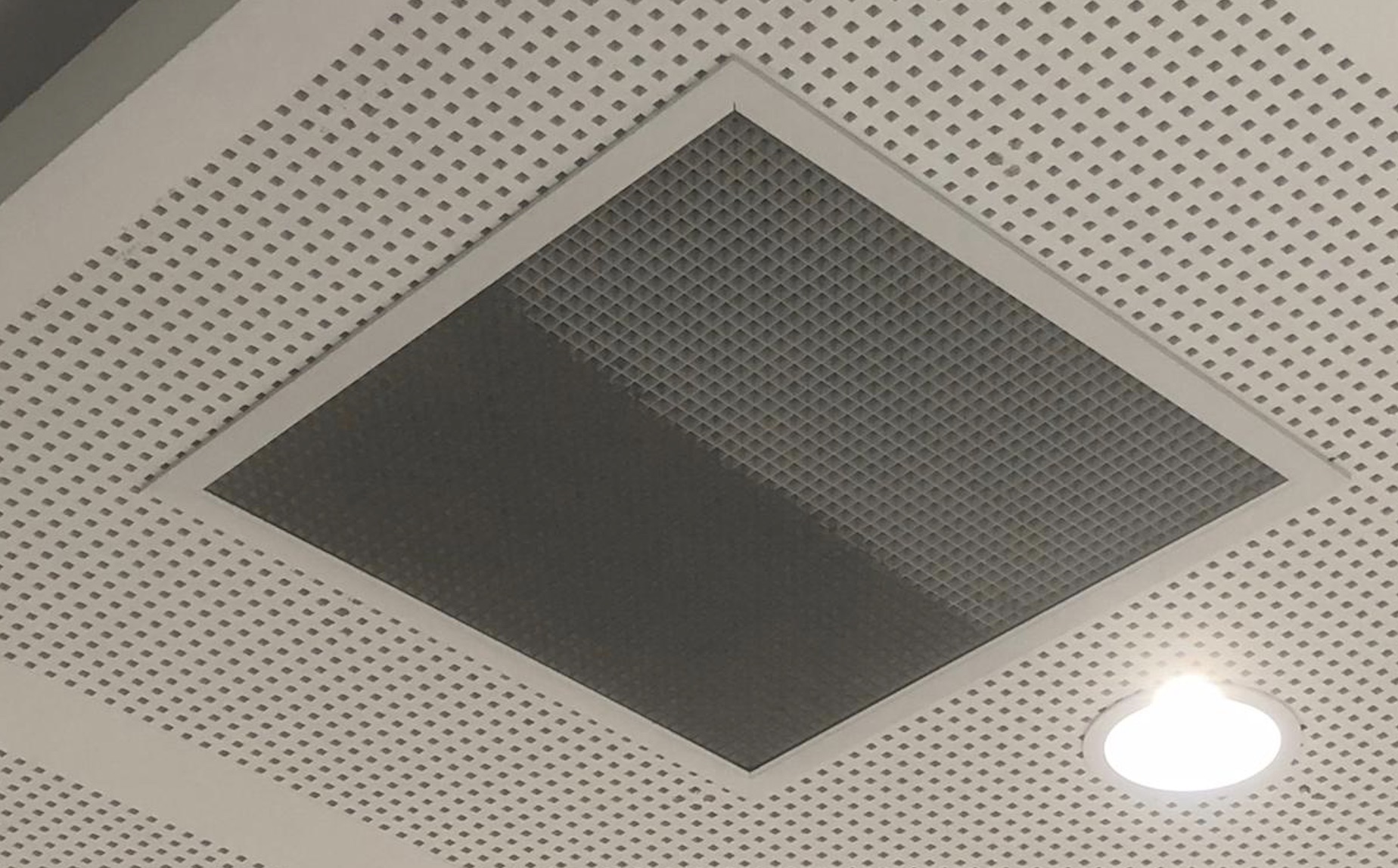Published on 3 August 2021
Posted in
Particulate matter – as the name suggests – refers to particles of liquids or solids suspended in the atmosphere. These microscopic material could be made up of anything from water and vapour droplets, soil, dust or even waster from construction or road surfaces.
As pollution increases the amount of these particles in the atmosphere also increases and this has been linked to a range of health problems. Doctors have previously linked a range of health issues from respiratory and cardiovascular illness to metabolic and even neurological disorders in patients living with high-levels of air pollution. In addition – these particles in the atmosphere however are also a highly effective vehicle for the transmission of airborne diseases.
Ths issue of particulate matter in the air has intersected with public health emergencies before. Huge dust storms have previously been linked to carrying measles infections across Africa and aiding the spread of Avian Flu in China in 2003 and over the last 12 months have also been linked to the spread of Covid 19.
In early 2020, the Po Valley in Northern Italy was hit with a crippling wave of Covid infections and later found to have an extremely high level of PM in its atmosphere. Similarly towns elsewhere in Northern Italy – where PM levels were also found to be above their median readings – experienced similarly high infection numbers as the pandemic took hold – further linking the spread of airborne diseases to an increase in particulate matter. Research carried out by the Harvard School of Public Health seems to confirm an association between increases in particulate matter concentration and mortality rates due to COVID-19.
Some states have already begin taking steps to try and reduce the risks presented by increased levels of PM. In August New York will introduce its new Airborne Infectious Disease Exposure Prevention Plan (AID) as part of a wider statewide Health and Essential Rights act. This new legislation introduces a raft of new measures designed to address the risks of disease transmission with a particular focus on areas such as
* Common areas such as kitchens, bathrooms, meeting rooms
* Shared equipment such as computers, machinery, telephones, appliances
* Common touch points – elevator buttons, work surfaces, door handles
The legislation also makes specific reference to the risks posed by dust as method of transmission. In the case of Covid, the cell utilises in the spike in the cells outer layer to latch on to dust particles. This means that as dust settles or is ultimately circulated throughout a building via air conditioning etc, that the disease and the risk of coming into contact with it, iso travels throughout the building as well.

While dusting and wiping down surfaces at ground level will help to remove some of the risk, dust however often settles above head height – in areas such as cable trays and on top of ducting, pipework, vents and other pieces of internal architecture. In the case of air conditioning ducts and vents – this is particularly worrisome as the material will begin to be circulated throughout the building any time the system is in use.
SpaceVac however, allows for the safe, cost efficient removal of this material from the safety of the ground floor. Our range of interlocking carbon fibre cleaning poles reach up over 50ft from the safety of the floor – completely removing the need for access equipment to reach and remove this potential hazard.
The system comes equipped with a range of cleaning tools, brushes and accessories and can even be further expanded with the addition of a camera and monitoring system for live real time monitoring of cleaning.
With the penalties for not complying with the new NY state legislation running into thousands of dollars – the addition of a SpaceVac to help deal with this potentially deadly risk is a clear, low cost solution with a fast ROI.
With New Yorks new laws on the books already, many states are already readying their own equivalent legislation which will compel building owners and operators to make adequate preparations and controls for these new hazards so be sure to book a demonstration with your local SpaceVac representative today to get ahead of the game!
To book a free demo, please use the short form below or click here to find your local dealer!
No Fields Found.© 2023 SpaceVac USA
Web Design and Marketing by Loop Digital